Midlands CREW arranged a field trip to Mahaqwa, also known as Bulwer Mountain, in the hope of finding flowering orchids with enchanting names like Disperis cardiophora, Satyrium neglectum, Disa versicolor, Disperis renibractea. We didn’t find them.
Many species are flowering later than usual this year and obviously, we were a little early. We did however find plenty of other delights to satisfy our passion for plant hunting. Including: Protea caffra and Protea roupellia, Morea inclinata,
Aristea woodii,
Schizoglossum elingue (a first for most of us),
usually with white flowers, but a few pink flowered ones too.
Wahlenbergia sp,
Senecio macrocephallus, really tall specimens of Geranium pulchrum beside a stream,
Gunnera – used medicinally during childbirth and in Lesotho the raw stems are eaten as sweets,
Helichrysum spiralepsis,
Lotononis lotonoides, Helichrysum splendidum, Ranuculus baurii with big leaves
and the dainty little Ranunculus multifidus,
Silene belladoides, Epilobium capense
Ornithogalum graminifolium, Urginea macrocentra
Stachys kuntzei,
Agapanthus campanualata, Mysotis semiplexicaulis
A curious fern like leaf that must have be part of the parsley family, perhaps Anthriscus sylvestris?
We spent ages trying to decide if the slender Kniphofia parviflora was in fact that,
Commelina africana, Drosera natalensis
Sebea sedoide,
Of course, we don’t just look at the plants, we spotted a African Harrier Hawk swirling below us and heard Barrett’s Warbler. Saw these beautiful butterflies too. Might this one be a Marsh Blue?
and this possibly a False Silver-bottom Brown?
Gaudy Commodore on Erica caffrarum,
Rubus ludwigii,
Morea trifida,
Hypericum lalandii,
Plenty of Brunsvegia undulata (not in flower yet), Dierama,
Ajuga ophrydis,
Berkheya macrocephala (also not flowering yet), Scabiosa columbaria, Indigofera hedyantha,
Alepidea natalensis , Streptocarpus pussilus, Cycnium racemosa
Eriosema distinctum, Craterocapsa tarsodes, Heliophila rigidiuscula, Aspidonepsis diploglossa,
Delosperma hirtum
Rhodohypoxis baurii with this tiny crab spider.
Zaluzianskya microsiphon
Lotononis pulchella
Lotononis corymbosa
We puzzled over a very tall Helichrysum with red stems and clasping leaves. Anyone know what species it is? Thanks Alison Young for providing an id – Helichrysum mutabile .
and this – possibly Muralita sp
We climbed to 2013m above sea level – the views of the surrounding valleys were spectacular.
On the way back down, we did come across a few orchids, yay! – Satyrium longicauda and Disa stachyoides.
As we enjoyed a picnic (Eve’s Lebkuchen were particularly memorable), hang gliders launched themselves from the edge of the mountain and floated past like giant dragon flies. A special day with unexpected surprises – you never know how adventures will turn out.
Thank you Eve Hughes and Christeen Grant for the photographs.
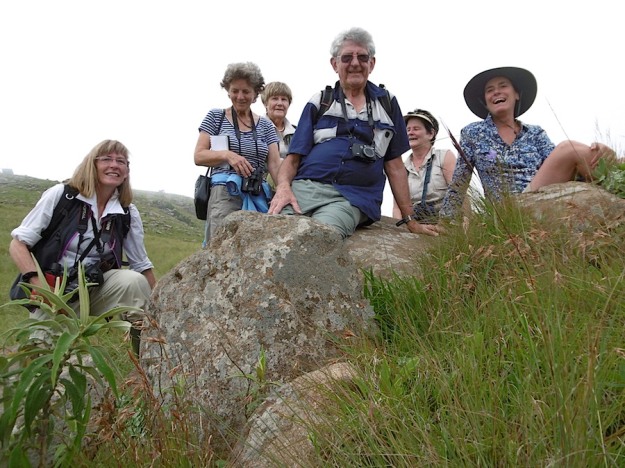
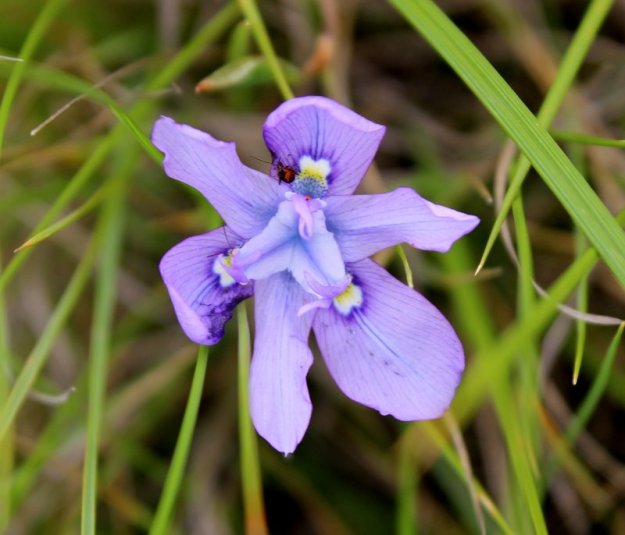
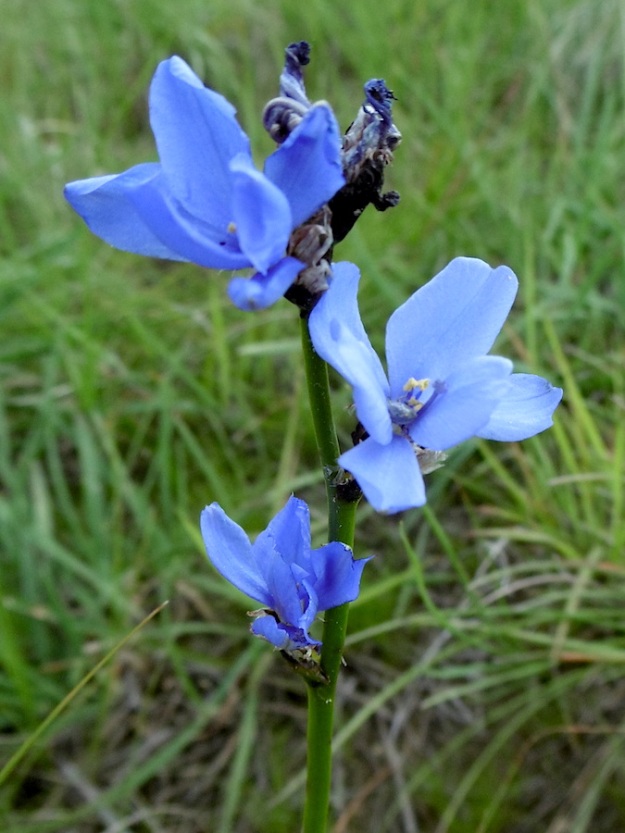
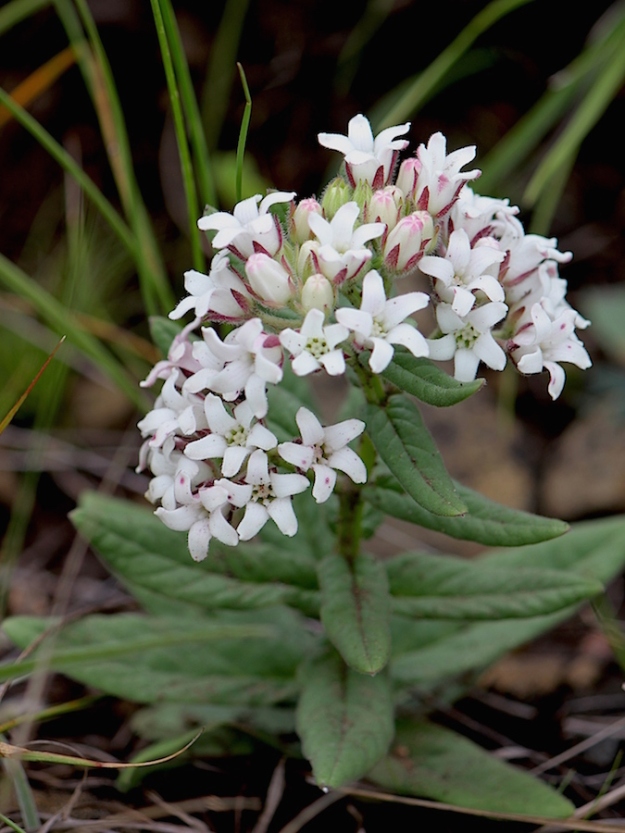
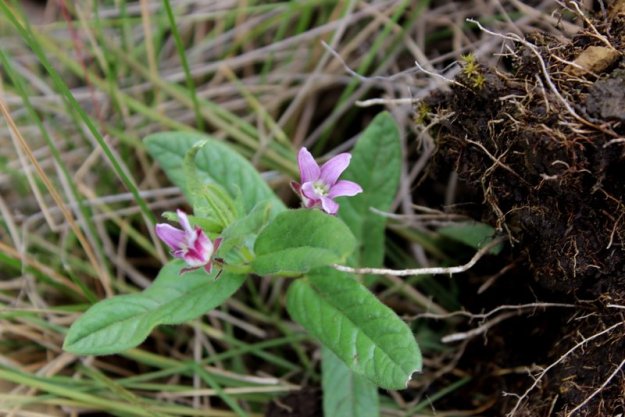
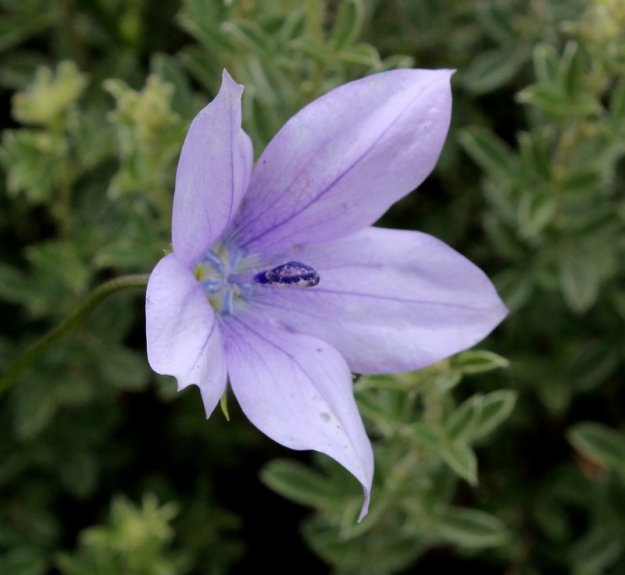
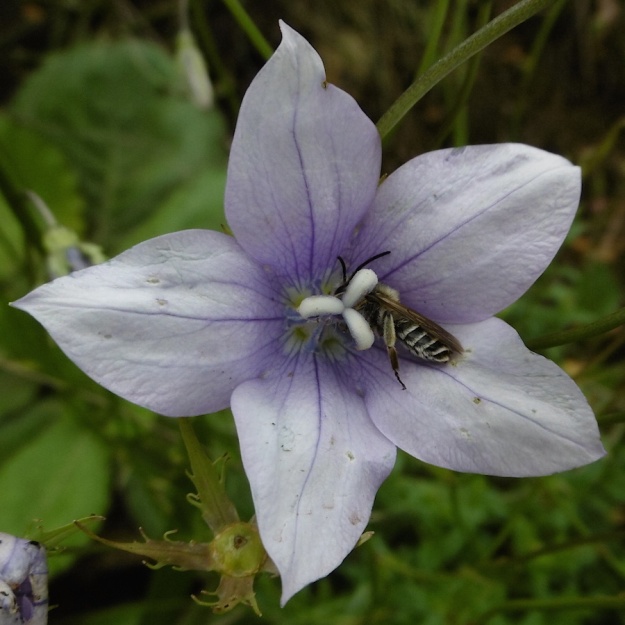
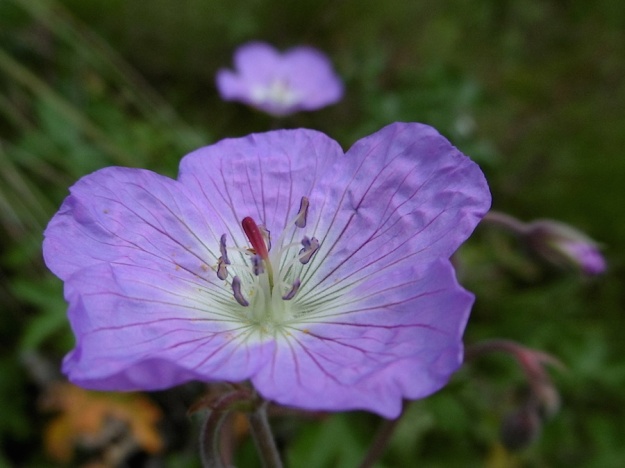

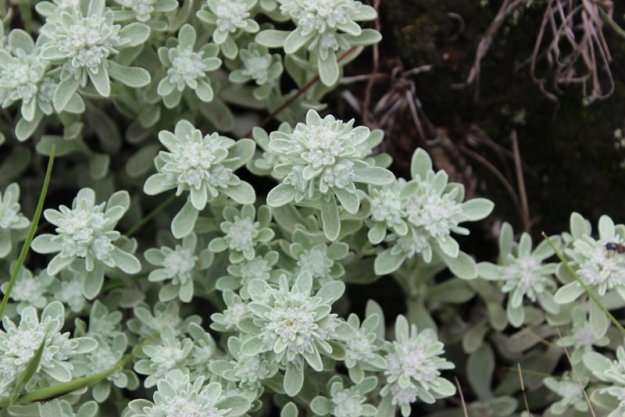


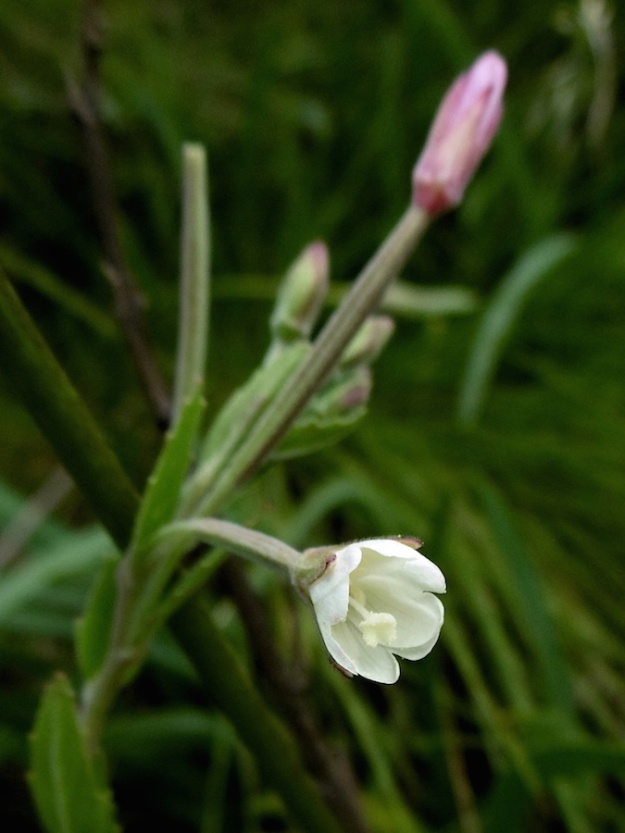
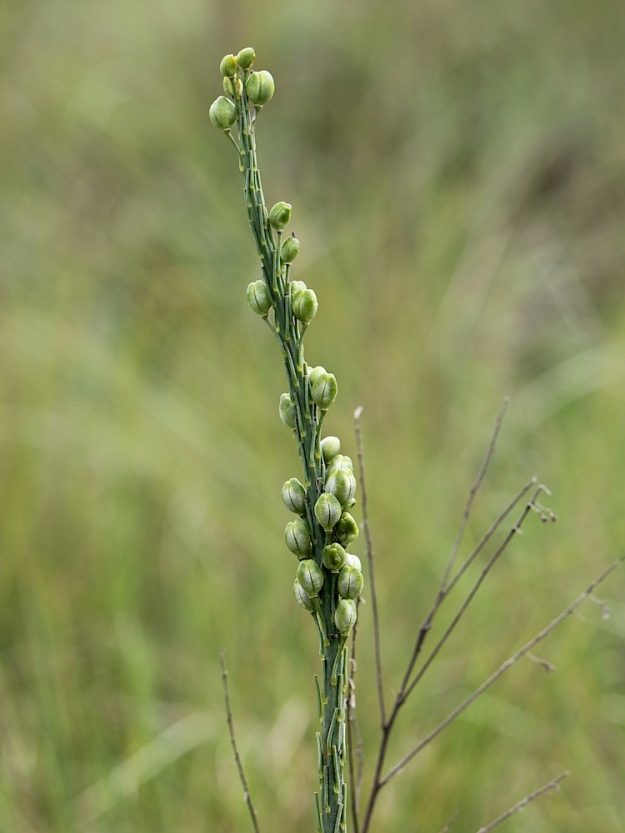
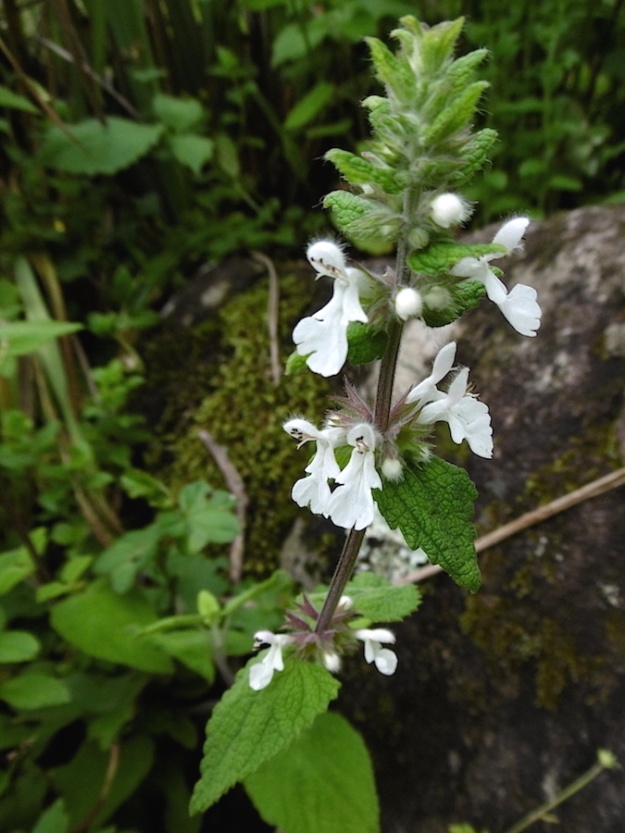
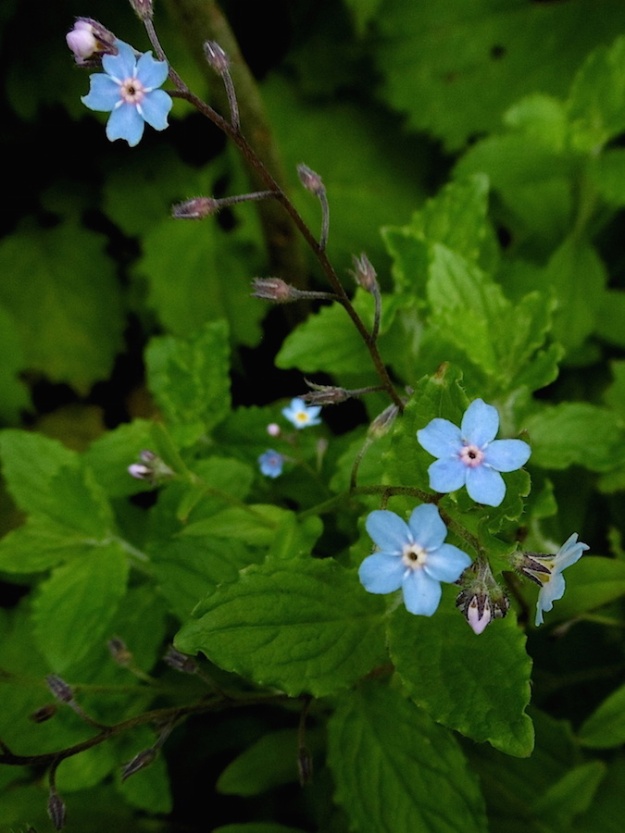
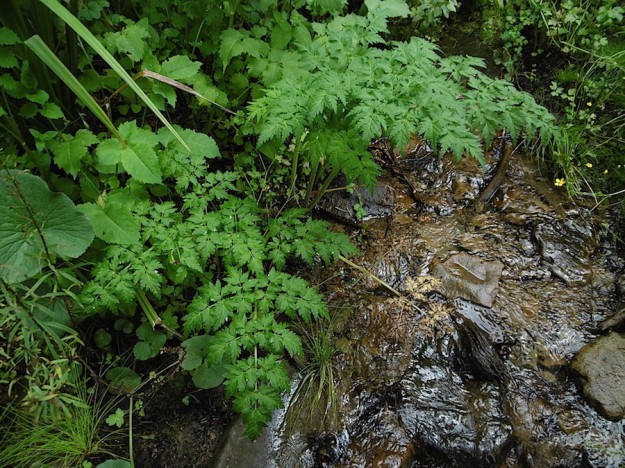
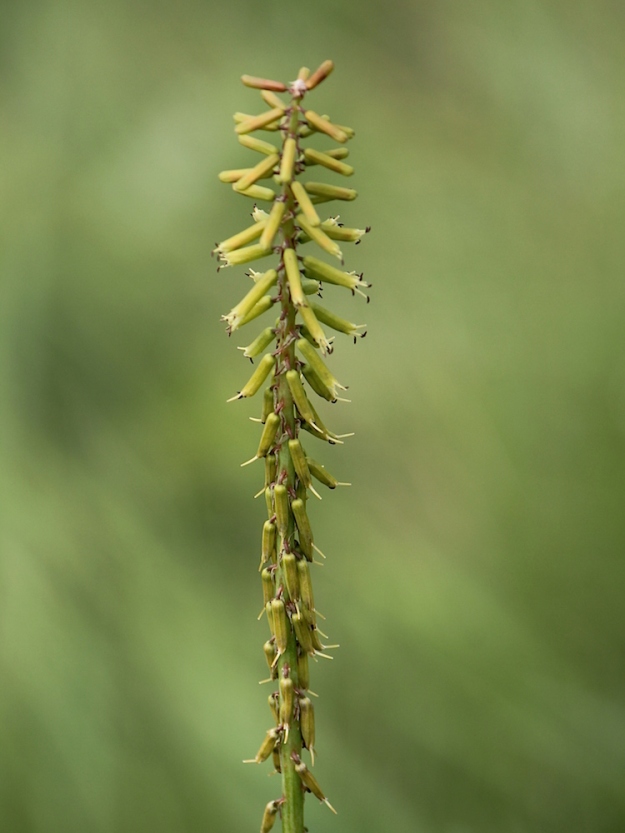
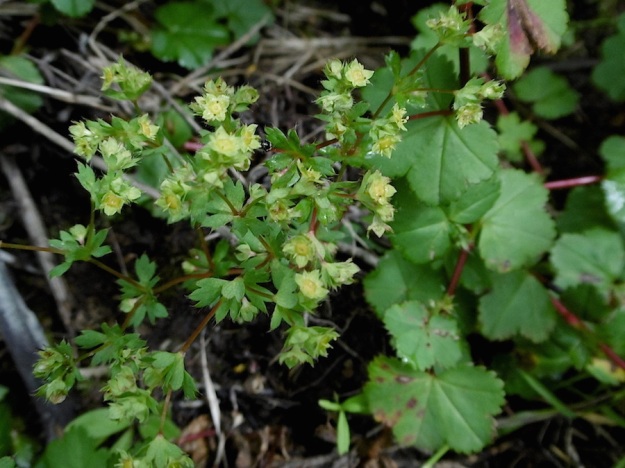
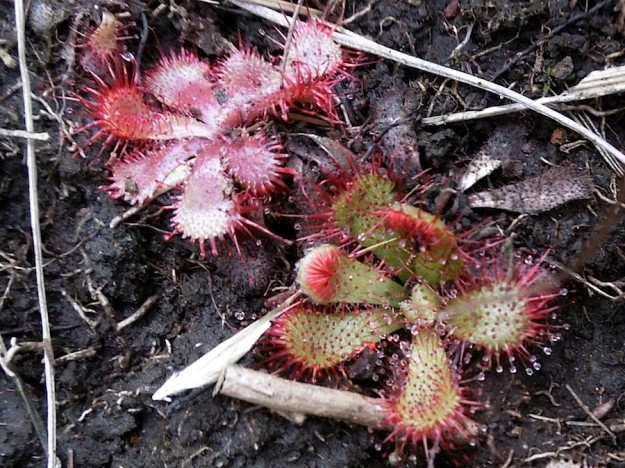

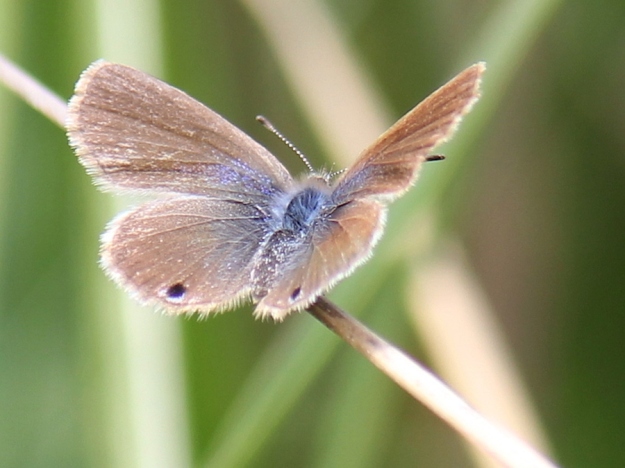
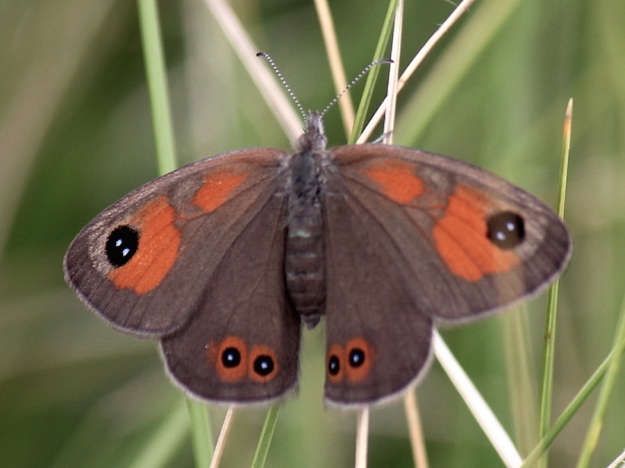
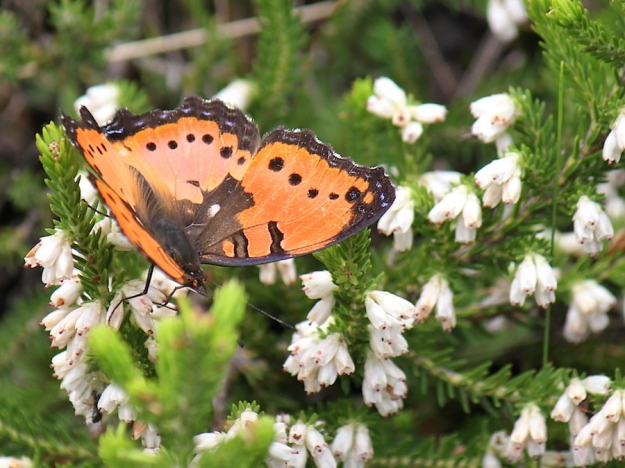
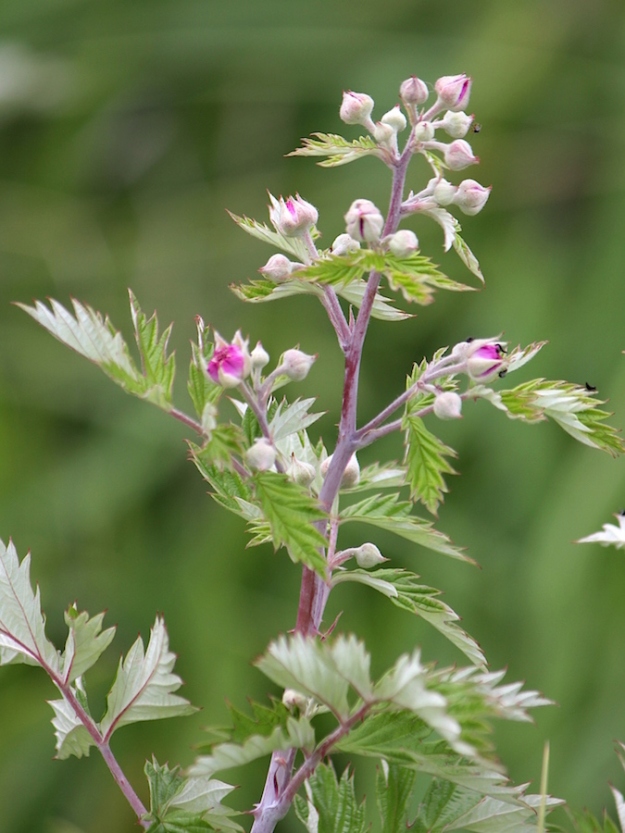
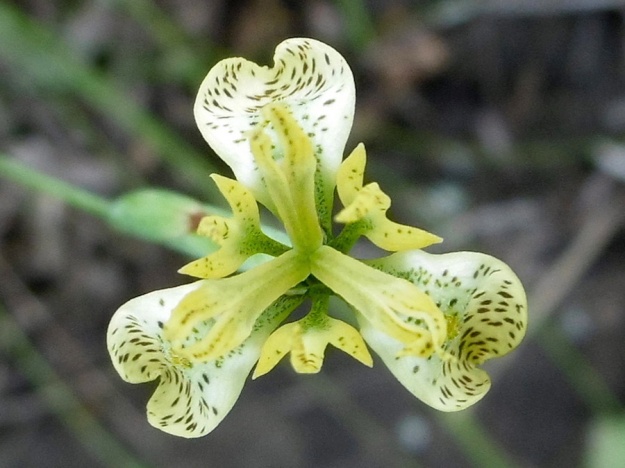
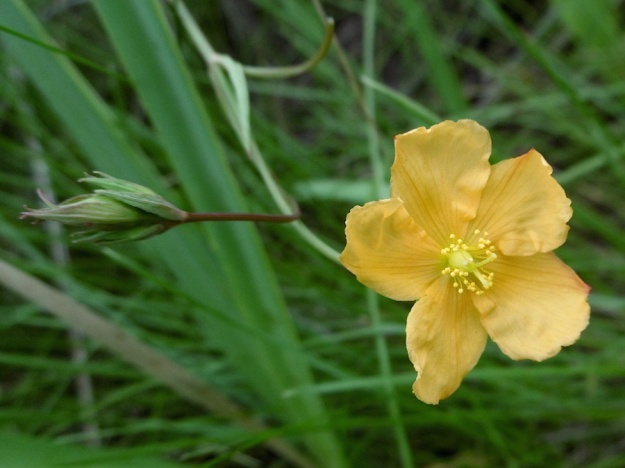
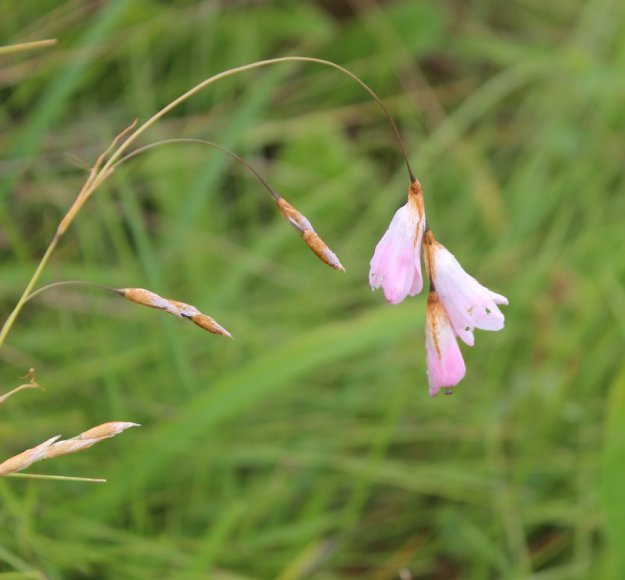
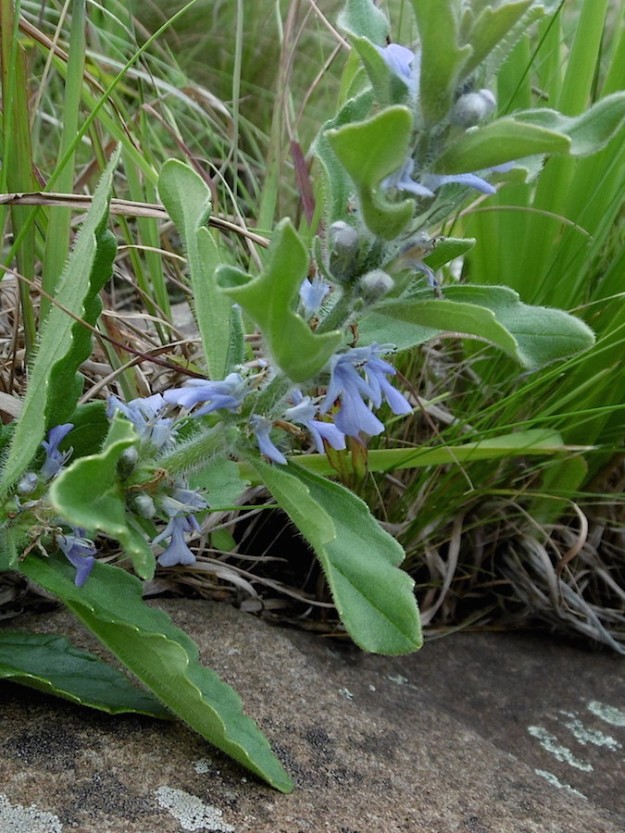
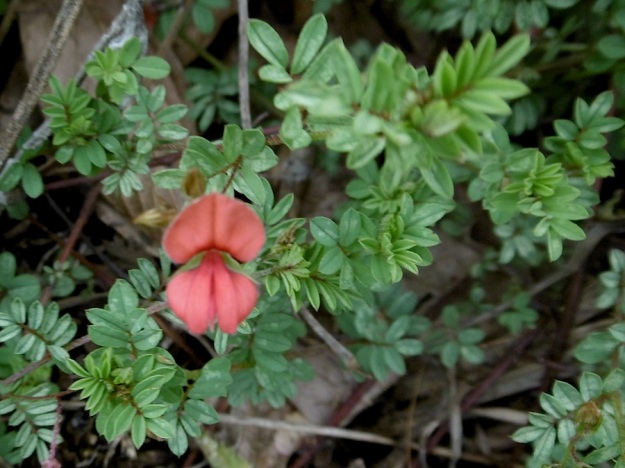
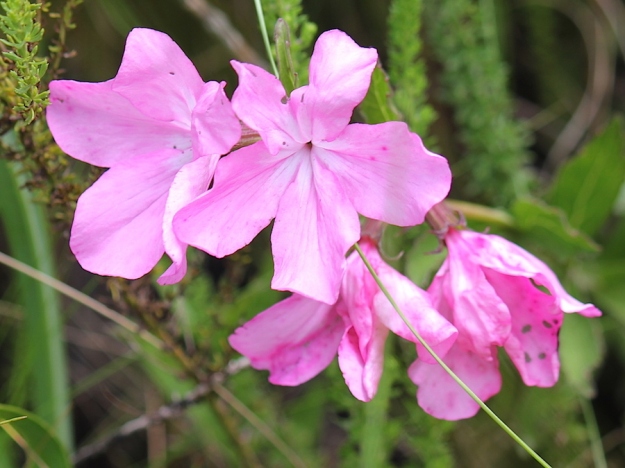
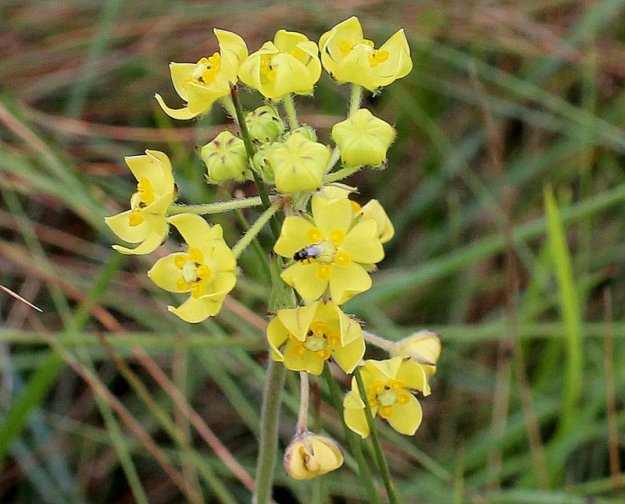
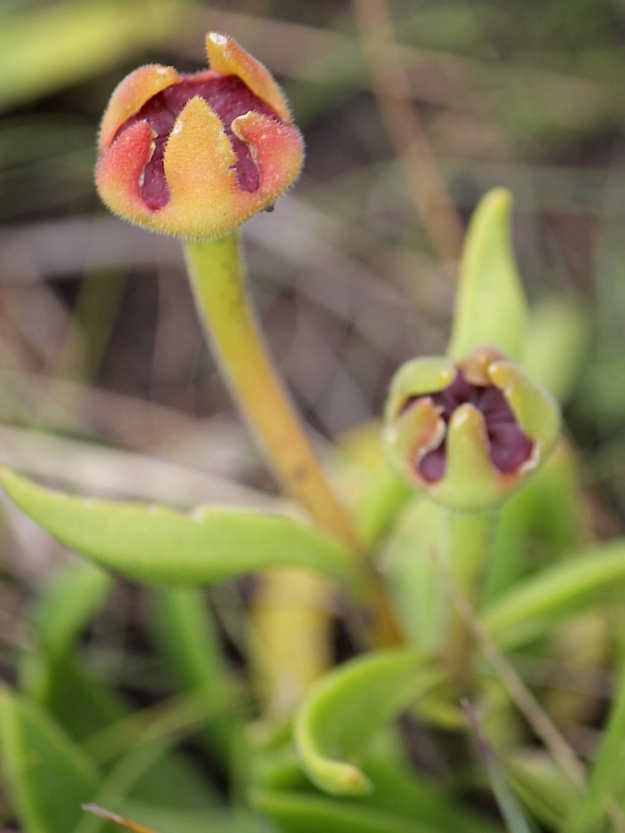
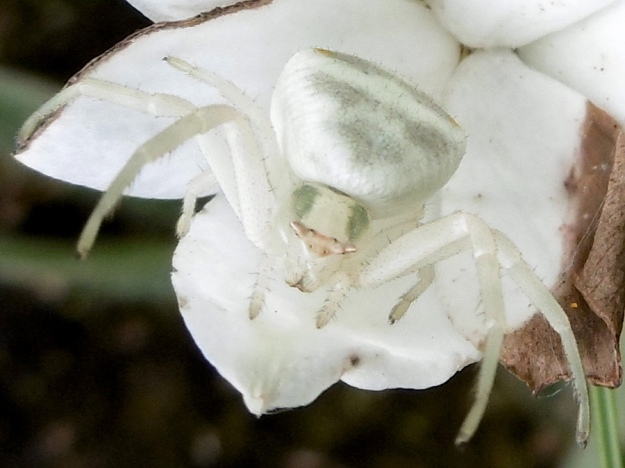
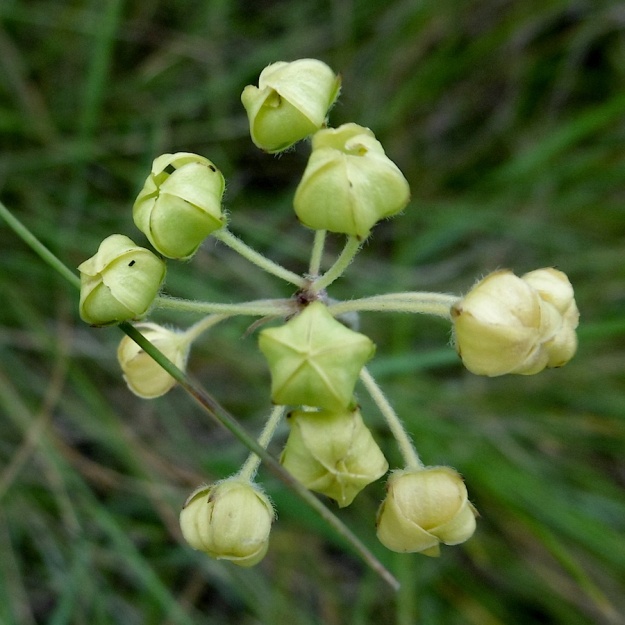
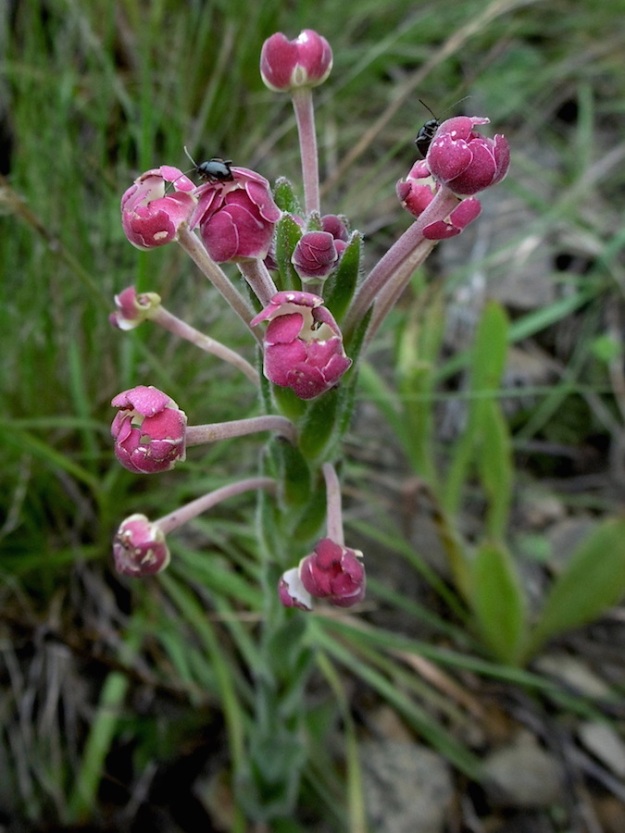
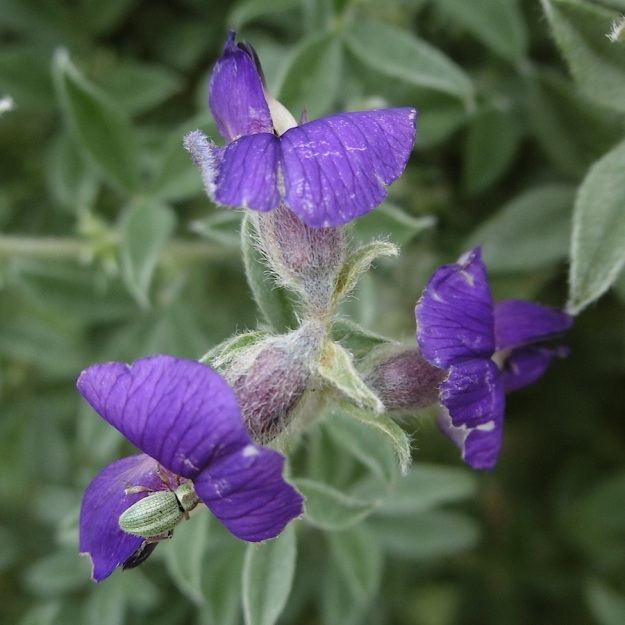
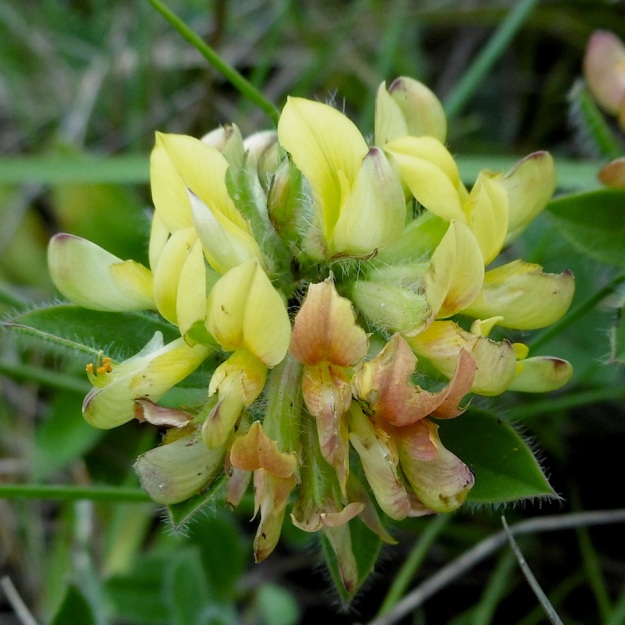
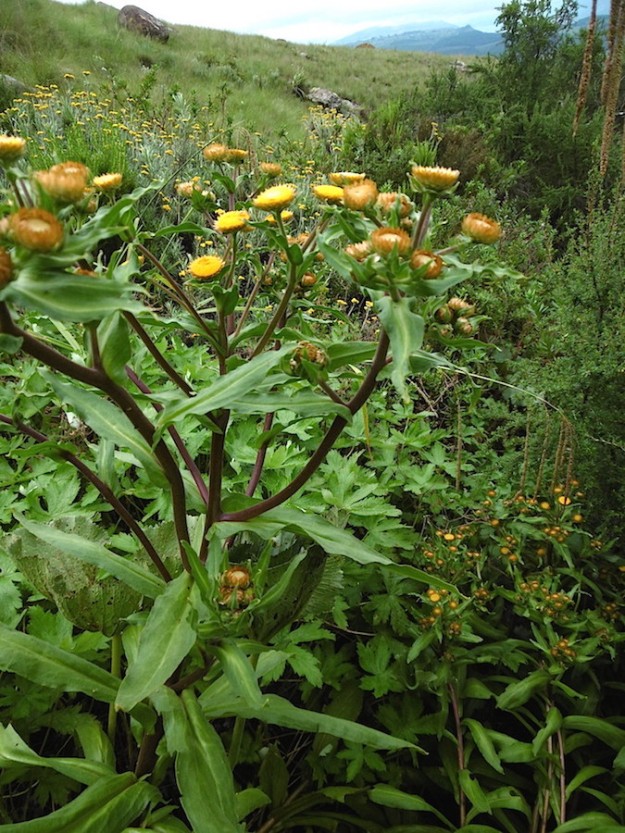
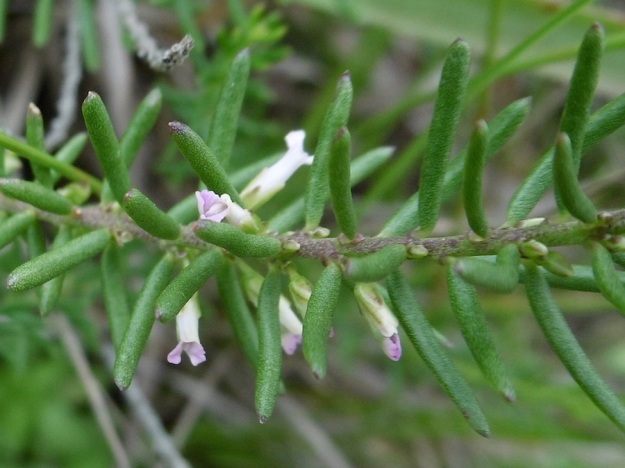
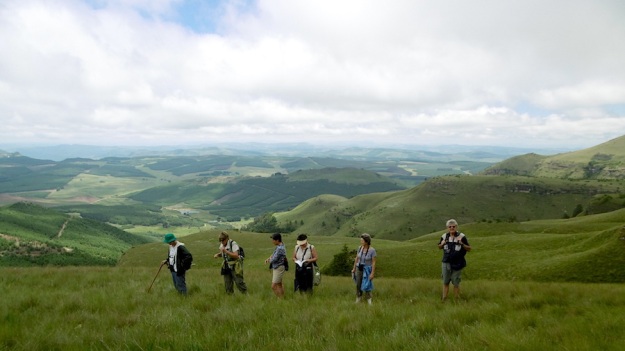
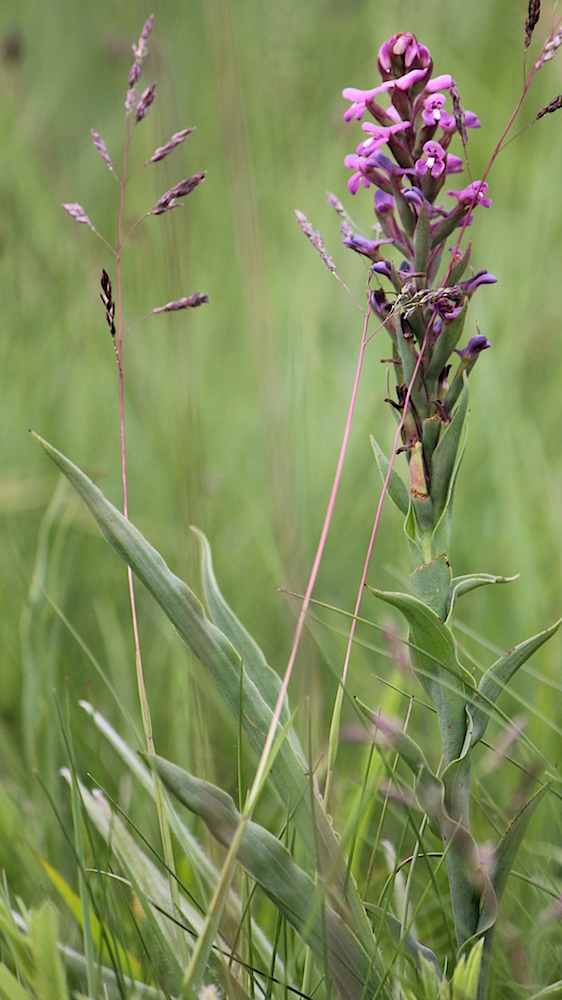
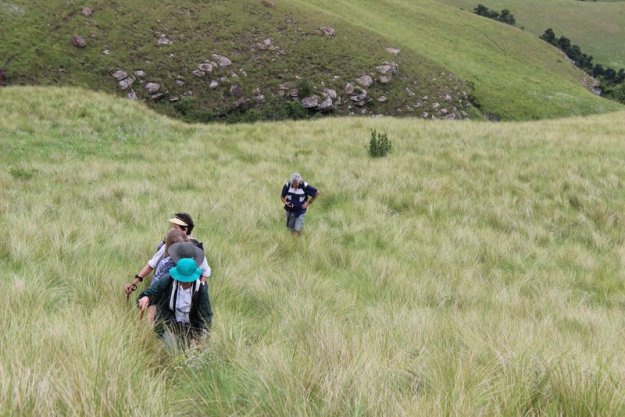
Pshew !!!! You may not have seen many orchids, but the rest of the wildflower-spread sure made up fo it and the records you have made are lovely. Many thanks for sharing your very successful day with others
LikeLike
Helichrysum mutabile is not in the Bulwer area. Can H. cooperi be considered as the actual identification.
Peter
LikeLike